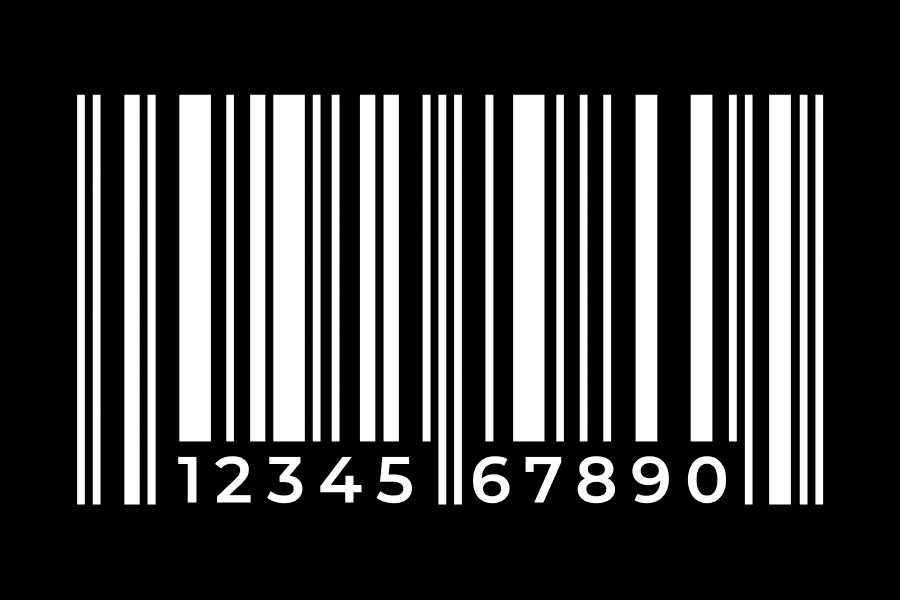How many SKUs are too many?
This is a question that many merchants are asking themselves as they grapple with the challenges of inventory management. Having a broad range of SKUs is indeed important for ensuring variety and availability - but the more SKUs you have, the more that your business (and your 3PL) has to keep track of.
So, what can merchants do when their SKU counts are starting to get overwhelming?
This is where SKU rationalization is a highly effective strategy for optimizing your inventory and removing underperforming products. We’re going to explain SKU rationalization, how it benefits your business, and the process for enacting it.
First off: What are SKUs?
An SKU, or a Stock Keeping Unit, is an inventory management system that involves assigning a unique alphanumeric bar code to every variant of a product. For example, a pair of high heels that come in a variety of sizes and colors would have a separate SKU for every combination of variants. This means that a single product can spawn as many as thirty individual SKUs.
Because the total number of product variants stocked by a vendor can easily reach the thousands, SKUs also offer an intuitive method for tracking sales data and forecasting future demand.
For more about SKUs and their benefits, check out our dedicated post here.
So many SKUs...So little time!
When managing inventory for a product, it’s up to the merchant to decide how many SKUs they choose to have available for that item, and the quantity of each. For example, an apparel brand selling a particular style of t-shirt might choose to stock seven of the ten available colors offered by the supplier.
So, what happens when the merchant discovers that over half of those colors aren’t meeting sales targets?
The obvious thing to do would be to remove all of those underperforming SKUs from the range. But they also need to work out whether the remaining SKUs justify the cost of stocking that product - or whether the product needs to be removed entirely.
This is where SKU rationalization into play.
What is SKU rationalization?
SKU rationalization is a process that allows merchants to measure the profitability of the products they’re stocking. It uses metrics such as inventory and storage costs, supplier fees, and historical sales data to help determine whether an item should be discontinued or retained with some adjustments.
By weighing up all of these factors, merchants can make informed decisions over whether particular SKUs are helping or hurting their business. This results in a much more streamlined inventory and lower operational costs.
Every business can benefit from rationalizing their SKUs regularly, but it’s particularly important for product categories that carry seasonal inventory and experience high turnovers, such as clothing or beauty products.
Why does SKU rationalization matter?
The opposite of SKU rationalization is ‘SKU proliferation’ when a merchant adds additional SKUs to their inventory to meet customer demand.
SKU proliferation has become particularly widespread with the growth of e-commerce as merchants seek to appeal to as many online shoppers as possible. Logic dictates that more SKUs mean wider appeal amongst consumers and therefore more sales and better competitive positioning in the marketplace.
However, this needs to be balanced against the need for more storage space, higher labor costs, and increased data analysis - all of which can provide considerable challenges to companies and 3PLs. In sum, maintaining high SKU counts is not always cost-effective for businesses.
By rationalizing your SKUs, you’ll receive a variety of benefits, such as:
- Better inventory accuracy
- Reducing storage and supplier costs
- More streamlined processes for picking, packing, and shipping
- More accurate triggers for SKU replenishment
- Easier inventory tracking
- Less dead stock
How to rationalize your SKUs: 5 steps to follow
1. Consider your target market
The first thing you should do before analyzing any data is reviewing your business’s target audience and unique selling points. As a merchant, all of the products you’re selling should be aligned with this central value proposition, which helps to create a cohesive series of offerings that strike a chord with your customer base.
Consider questions such as:
- Who is my target audience?
- What are their needs/pain points?
- What styles are they most interested in?
If your products are aligning with these answers, this could help explain why certain SKUs aren't selling well. Putting together a strong checklist for potential products will help you to narrow down which products should be nominated for removal from your inventory.
2. Perform a detailed SKU analysis
If you monitor your sales data regularly, you probably already have a good idea of which SKUs are performing well and garner a strong return after inventory and supplier costs are considered. However, it’s still important to apply the following scenarios to all of your SKUs:
- High demand for storage space
- Volatility in consumer demand
- High return rates
- Low inventory turnover
- Long lead times
- High use of labor for picking/packing
Evaluating these factors will help you determine all of the different way that a SKU could be negatively impacting your business. If stocking a particular SKU is characterized by two or more of the features above, you should consider removing it from your inventory. If an SKU involves one of these, it’s worth exploring how you may be able to rectify this issue for smoother inventory management.
3. Consider other variables that could affect the results
Once you’ve done your analysis, it’s important to consider factors that might affect the outcome of your SKU’s profitability. For example, comparing results with your marketing activity over the same period will show whether any promotions resulted in certain SKUs receiving an artificial bump in sales.
On the flip side, if you’ve recently introduced a new product that’s similar to an existing one, the former could experience a drop in sales. This is known as ‘product cannibalization’ (another reason why businesses need to be careful when proliferating SKUs). It’s also a good idea to examine your competitor’s activity to see if any product launches have potentially taken away traffic from your offerings
4. Start organizing your product catalog
It’s a good idea to group your SKUs into different categories as you start sorting so that you can review them as you go. For example, you can set up columns for ‘keep’, ‘remove’, and ‘review’ for the SKUs that you’re not sure about. This will help to bring clarity to your audit and avoid errors.
5. Review the results
How that your new catalog has been completed, it’s essential to measure the results of the rationalization to see whether your operational costs have dropped or dead stock reduced. If this does take place without affecting your revenue, it’s a good sign that you’ve managed to optimize your inventory effectively. It’s a good idea to carry out an audit every six months - this will keep your house in good shape but leave enough time to accrue data for valuable insights.
In this post, we’ve covered how SKU rationalization can streamline your inventory management and maximize the profitability of your SKUs. If you already work with a 3PL like Ryder, they’ll be able to assist you with your SKU analysis and ensure that your business is trimming your inventory in all of the right places.




